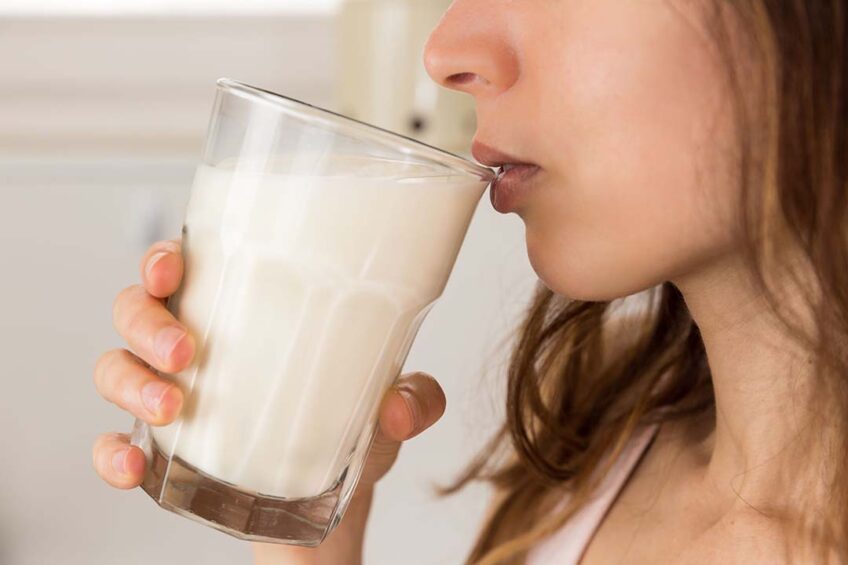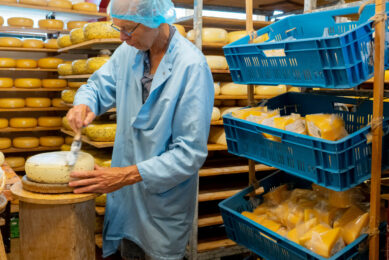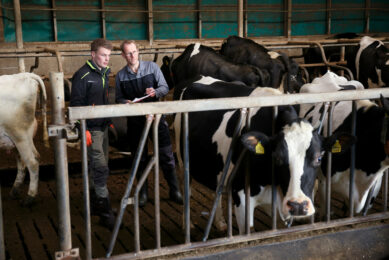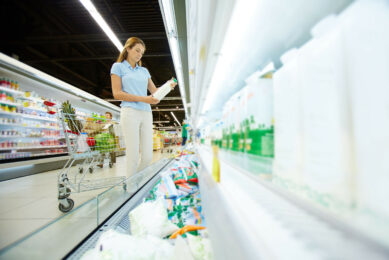Russian milk consumption increases

A surge in the Russian population’s income has taken dairy consumption in the country to its highest level since the mid-1990s, according to Soyuzmoloko, a Russian union of dairy companies.
The organisation said that in 2023, per capita dairy consumption in the country totalled 249 kg, 3% above the previous year’s level of 241 kg. With the exception of 2022, dairy consumption has been steadily growing in the country since 2018. Moreover, Soyuzmoloko pointed out that the growth is seen across the board – the consumption of every dairy product increased in 2023 compared with the previous year.
A spokesperson for Magnit, a Russian food retailer, disclosed that growth in sales of dairy products last year was around 6.5%. Speaking to the Russian newspaper Izvestia, the source added that this segment saw double-digit growth in the second half of the year. The key factor that contributed to improved affordability as the growth in retail prices was moderate, while the Russian population’s purchasing power was on a sharp growth trajectory in 2023.
Artem Belov, executive director of Soyuzmoloko, estimated that the Russian population’s income jumped by 5.4% last year, while the average milk prices on the shelves added only 0.5%. The Russian Agricultural Ministry painted a similar picture. During 2023, the production costs in the dairy industry, on average, climbed by only 1.67%, which was far lower compared to the inflation rate in the country.
Sanctions
Local analysts told Izvestia that as dairy exports to Europe were sanctioned, Russian dairy companies experienced difficulties exporting their goods. As a result, more products were delivered to the internal market, where a surge in supply put pressure on prices.
Recent government figures indicate that salaries in Russia rose by nearly 7% last year, one of the highest 1-year growth rates in the past decade.
The Russian labour market lacked 5 million workers in 2023, a study published by the Institute of Economics of the Russian Academy of Science in December 2023 showed. The key factors contributing to this were ageing population and substantial emigration.
The Russian economy has almost completely exhausted the available labour resources and is left “without free hands”, Elvira Nabiullina, head of the The Central Bank of the Russian Federation, said during a State Duma meeting in November 2023.
Join 13,000+ subscribers
Subscribe to our newsletter to stay updated about all the need-to-know content in the dairy sector, two times a week.










